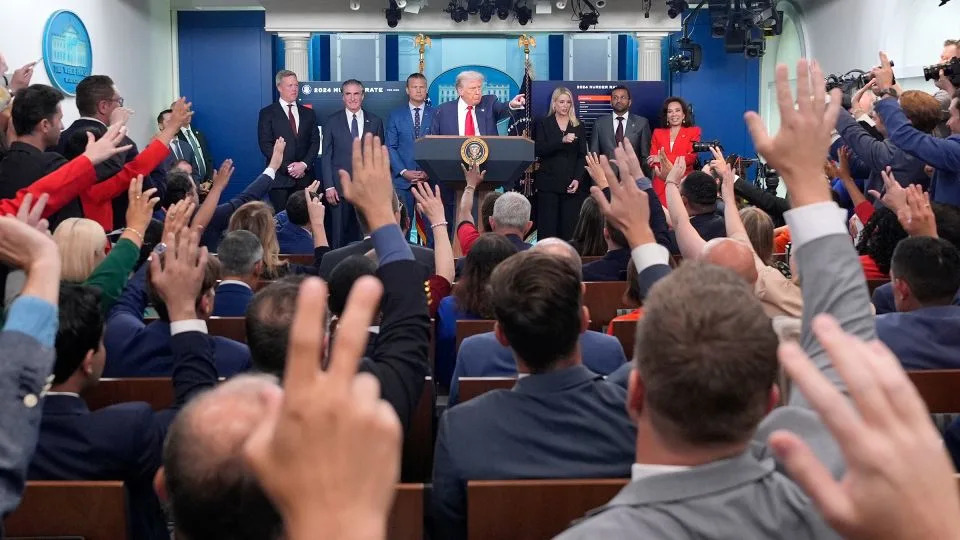
President Donald Trump claimed Monday that he knew why Russian troops weren’t able to enter Kyiv in the days after they invaded Ukraine in 2022. Russia’s tanks, Trump said, got destroyed by missiles “because the tanks got stuck in the mud.”
“You know, they would’ve been in Kyiv in four hours going down the highway. But a Russian general made a brilliant decision to go through the farmland instead,” he said, sarcastically criticizing the supposed general.
This is fake history, as military analysts and various Ukrainians have pointed out since the president began making similar claims months ago. In reality, Russia tried and failed to make it to Kyiv using roads and highways. Its tanks were thwarted by fierce Ukrainian resistance and logistical problems in addition to muddy conditions.
“Russian forces used roads and highways as much as possible during the initial invasion, and took heavy losses on many of them. Russian tanks did get stuck in the mud during the initial invasion, but this was often after they struggled to advance along roads,” said Rob Lee, a senior fellow in the Foreign Policy Research Institute’s Eurasia Program who has closely followed military tactics during the war. “One of the factors that hindered Russia’s invasion is that there were not many good highways and roads leading from Belarus to Kyiv, which canalized their forces.”
When CNN asked the White House for comment, an official responding on condition of anonymity noted Thursday that Russian tanks did get stuck in mud during and even before the invasion. The official provided links to some articles that mentioned this happening.
But even one of those articles clearly contradicted Trump’s claim that Russia didn’t make it to Kyiv because it chose not to use highways. The article said, “The Russians invaded using Ukraine’s major highways expecting a blitzkrieg-like attack that would leverage speed and overwhelming firepower to capture the capital city of Kyiv.”
Lee, emphasizing that sentence, added Friday: “Russian tanks did get stuck in the mud and there may have been cases when Russian commanders chose to drive through fields, but the Russian invasion plan emphasized driving along highways to reach the key cities, including Kyiv, as fast as possible. They generally drove through fields after trying to use roads and highways.”
Trump’s phony narrative about the Russian invasion is only the latest in a long line of false claims from the president about the war. Among other things, Trump has this year:
Repeatedly used imaginary figures to incorrectly make it seem as if the US has provided far more aid to Ukraine than Europe has; the opposite is true.
Falsely said he was speaking “in jest” and being “sarcastic” when he solemnly promised dozens of times during his 2024 campaign to immediately end the war if he was elected.
Used inaccurate numbers to understate Ukrainians’ support for President Volodymyr Zelensky early in the year and overstate their support for a negotiated end to the war today.
Falsely claimed Ukraine started the war that was actually started by Russia.
Falsely claimed Zelensky admitted half of US aid money went missing, though Zelensky made no such comment.
As Trump prepares to meet with Russian President Vladimir Putin in Alaska on Friday, here’s a quick fact check of these Trump claims.
US aid vs. European aid
Trump has made the claim over and over again. The US, he keeps asserting, has given Ukraine triple or more the amount of wartime aid that Europe has – $350 billion from the US compared to just $100 billion from Europe.
“Biden gave them $350 billion. Europe gave $100 billion. It should be much more than that,” Trump said Monday, adding, “They should have had equalization, but they didn’t.” He repeated these figures Thursday: “We spent $350 billion …They spent $100 billion.”
Trump’s claim is not only wrong but a reversal of reality. In fact, as numerous fact checks have pointed out, Europe has done more than equalize – it has given more wartime aid to Ukraine than the US has.
According to figures from the Kiel Institute for the World Economy, a German think tank that tracks the aid data, Europe – the European Union plus individual European countries – collectively allocated about $195 billion in military, financial and humanitarian aid to Ukraine from late January 2022 through June 2025; the US allocated about $134 billion for Ukraine over the same period (all figures are at Thursday exchange rates). The gap was even bigger in aid committed to Ukraine as opposed to aid actually allocated: about $300 billion committed by Europe compared to about $139 billion committed by the US.
It’s possible to arrive at different numbers using different methods of counting aid, but no reasonable method has corroborated Trump’s “$350 billion” US figure. The US government inspector general overseeing the Ukraine response says on its website that the US had appropriated about $185 billion for the Ukraine response through March 2025, including about $90 billion actually disbursed. That included funding spent in the US for weapons and defense services or sent to countries other than Ukraine.
When CNN asked the White House for comment on the president’s $350 billion claim, the official, responding on condition of anonymity, cited the inspector general’s figure – in the vicinity of $185 billion. The official also noted that the inspector general’s website has pointed out the US provided about $20 billion in loans as part of a G7 initiative.
That’s all fair, but it doesn’t get close to Trump’s $350 billion figure. So how did the White House official try to get closer?
With some nonsensical math – that added in a whole bunch of things that are not assistance to Ukraine.
Specifically, the official counted more than $90 billion in inflation felt by US households after the Russian invasion of Ukraine; a $16 billion decline in US exports to Russia amid US sanctions; and more than $7 billion in increased fertilizer costs after the Russian invasion drove up prices.
It’s obvious that none of this actually supports Trump’s claim that the US has provided Ukraine with $350 billion in aid. It’s particularly absurd to count the inflation experienced by Americans as US assistance to Ukraine.
Trump’s campaign promise to immediately end the war
When Trump was reminded in a Time interview in April that he had pledged to end the war on “day one,” he responded, “I said that figuratively, and I said that as an exaggeration,” and that “obviously, people know that when I said that, it was said in jest.” In June, he claimed his promise to end the war within 24 hours of returning to office “was sarcastic.”
It’s often hard to determine Trump’s intent behind a given statement. In this case, it isn’t. An extensive body of evidence makes clear Trump’s promise wasn’t sarcastic, jesting or figurative. It was a solemn, direct, specific pledge.
CNN found 53 instances of Trump declaring on the campaign trail, in an entirely serious tone, manner and context, that he would end the war either within 24 hours of his return to the White House or even sooner than that, as president-elect.
Here’s a typical quote, from his 2024 debate against then-President Joe Biden: “I will have that war settled between Putin and Zelensky as president-elect before I take office on January 20. I’ll have that war settled. People being killed so needlessly, so stupidly. And I will get it settled, and I’ll get it settled fast before I take office.”
You can read the 52 additional examples here.
Who started the war
Trump claimed in February that Ukraine started the war, saying, “You should’ve never started it. You could’ve made a deal.” In reality, Russia started the war by launching its full-scale invasion in 2022 (after annexing the Ukrainian peninsula of Crimea in 2014). Trump’s February assertion that Ukraine started the war was publicly corrected by his former vice president Mike Pence, plus several Republican lawmakers.
Trump used different rhetoric later in the year, saying in April, “Biden could’ve stopped it, Zelensky could’ve stopped it, and Putin should’ve never started it.” The White House official correctly noted Thursday that “the President has expressed his frustration with Putin numerous times.”
Zelensky’s approval rating
In February, during a period in which Trump was aggressively criticizing Zelensky, he claimed Zelensky was “down at 4% approval rating.”
That wasn’t close to accurate.
Sixty-three percent of respondents said they approved of Zelensky in a poll conducted in Ukraine from late November to early January, by a group of academics in partnership with a prominent Ukrainian pollster. And 57% of respondents said they trusted Zelensky in a February poll conducted by that pollster, the Kyiv International Institute of Sociology.
Recent polling suggests Zelensky remains at a similar level of public support. A Gallup poll conducted in early July found 67% of respondents said they approved of Zelensky, and a Kyiv International Institute of Sociology poll conducted in late July and early August found 58% of respondents said they trusted Zelensky – down from his 2025 peak of 74% in May but in the vicinity of his figures earlier in the year and most of last year.
Ukrainian support for a quick end to the war
Trump claimed Monday: “I’ve seen a poll coming out of Ukraine: 88% of the people would like to see a deal made. And if you go back three years, everybody was gung-ho for war.”
Trump was right that Ukrainian support for a negotiated quick end to the war has soared since 2022. However, it’s not “88%” in any public poll CNN could find. The Gallup poll in early July found 69% of respondents supported Ukraine seeking to negotiate an end to the war as soon as possible – a new high in Gallup polling, and way up from 22% in 2022, but still far from Trump’s figure.
When CNN asked the White House what “88%” poll Trump was referring to, the official said that the president’s claim is corroborated by the Gallup poll – whose figure, again, is 69%. The official said, “The President is right. The overwhelming majority of Ukrainians want to see a negotiated end to the war as soon as possible, as evidenced in this Gallup poll.”
If Trump had said “overwhelming majority,” his claim would have been accurate. But he said “88%,” which was inaccurate.
For context, it’s also worth noting that the Gallup poll did not ask Ukrainians what kind of deal to end the war they would support; Olga Onuch, a University of Manchester professor who conducts polling in Ukraine, noted that Gallup’s finding wasn’t that 69% of respondents are “willing to accept territorial concessions.” The Kyiv International Institute of Sociology poll in late July and early August found widely varying levels of support for different potential proposals, with strong opposition to ideas previously floated by Russia.
Zelensky and aid money
During his February barrage of criticism against Zelensky, Trump falsely claimed on social media that Zelensky “admits that half of the money we sent him is ‘MISSING.’”
Zelensky never said that. Rather, in comments mischaracterized by some viral social media posts, Zelensky took issue with inflated claims about how much US cash Ukraine had received.
Zelensky told the Associated Press in February that although people talked about Ukraine getting as much as $200 billion in US aid, Ukraine had actually received about $76 billion, largely in the form of weapons. Zelensky said he didn’t know where all the supposed additional money had gone and that perhaps these higher figures were correct “on paper,” according to a translation by the news outlet Ukrainska Pravda.
That was not a confession that half of US cash had vanished. In reality, Zelensky was saying what experts in the US and elsewhere had repeatedly pointed out – that a large chunk of US support for Ukraine is not in the form of money handed to the Ukrainian government.
The White House official claimed Thursday that “Zelensky did say” what Trump claimed he said. But Zelensky simply didn’t. As supposed evidence, the official linked to a Washington Post article that noted Trump’s claim did not describe “exactly what Zelensky said.”
The Post article explained how Zelensky’s comments were in line with the fact that tens of billions of the US funds counted as Ukraine assistance were “not earmarked for Ukraine” but instead were spent on “sending equipment through drawdowns from U.S. stockpiles, enhancing U.S. military capabilities, humanitarian aid funneled through organizations in Europe, including for refugees, global food security, sanctions enforcement, economic aid through the World Bank and more.”
For more CNN news and newsletters create an account at CNN.com
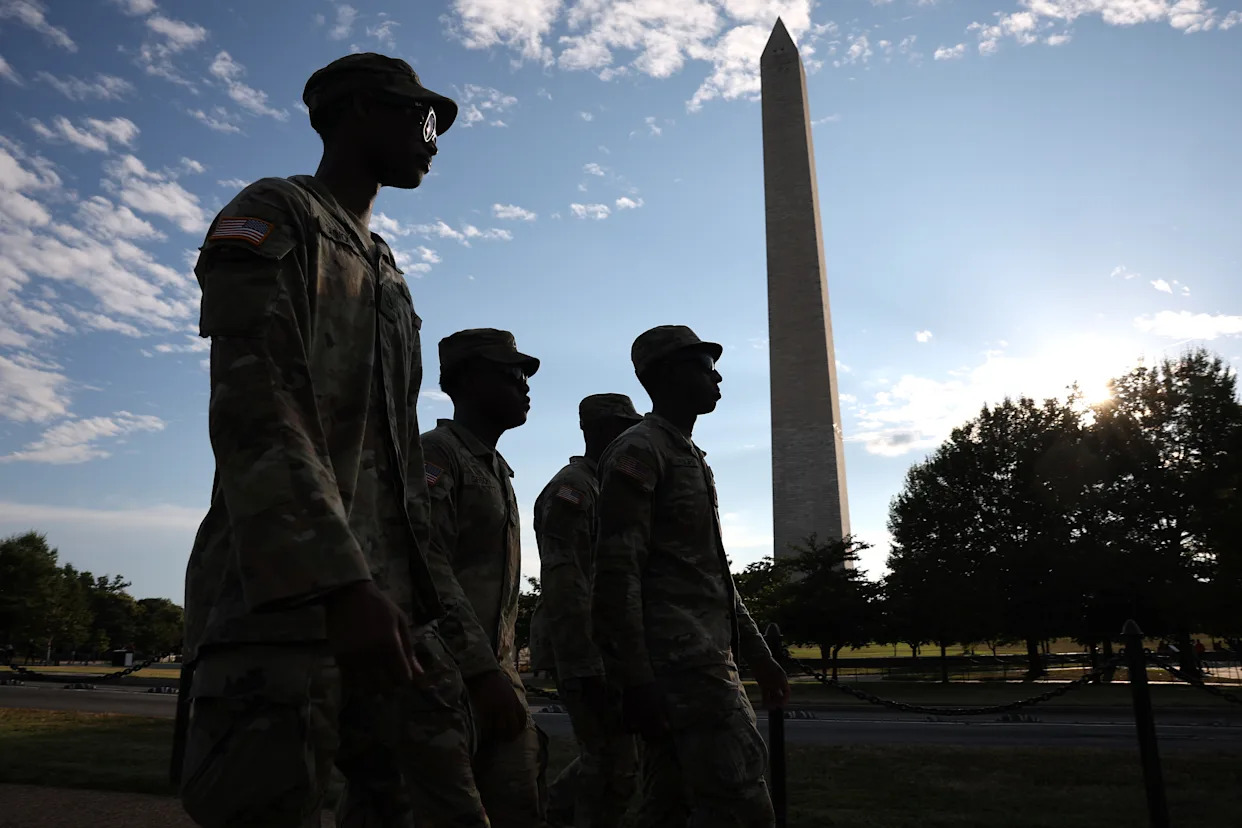

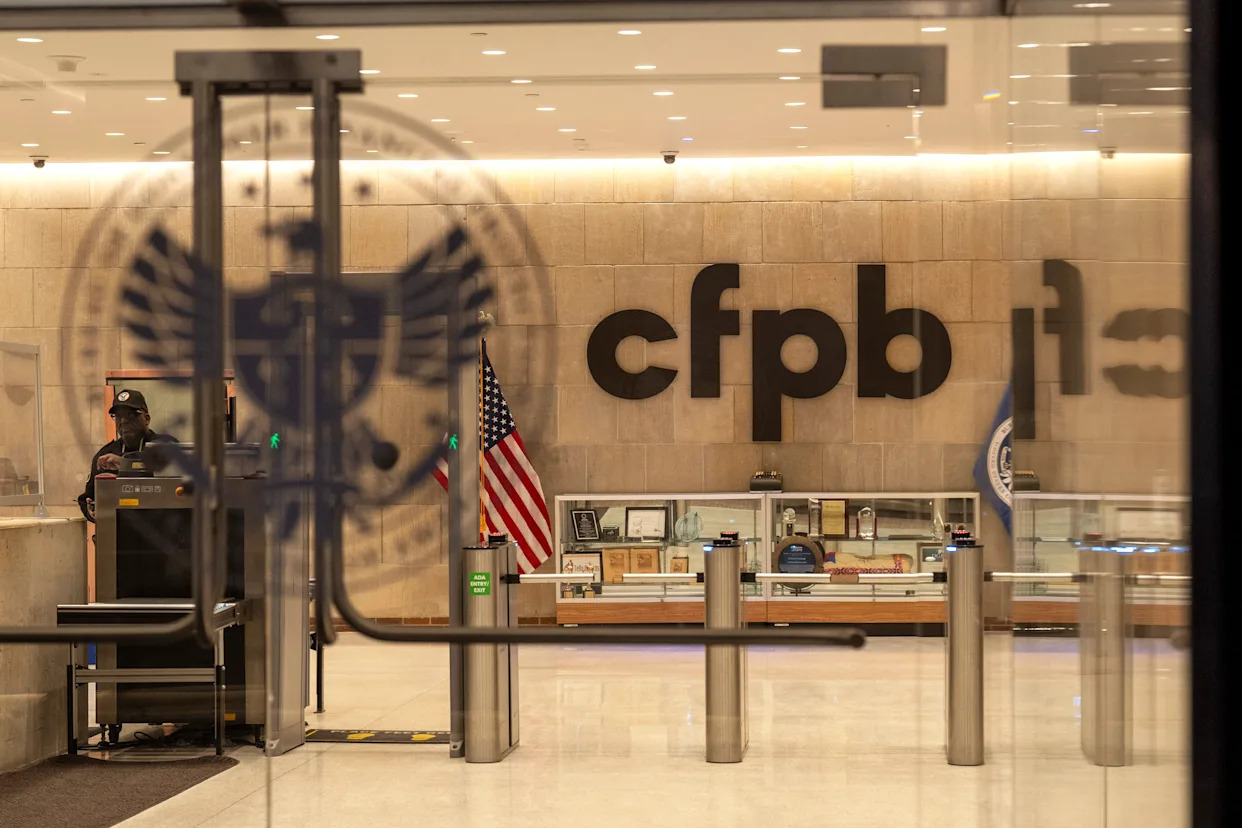
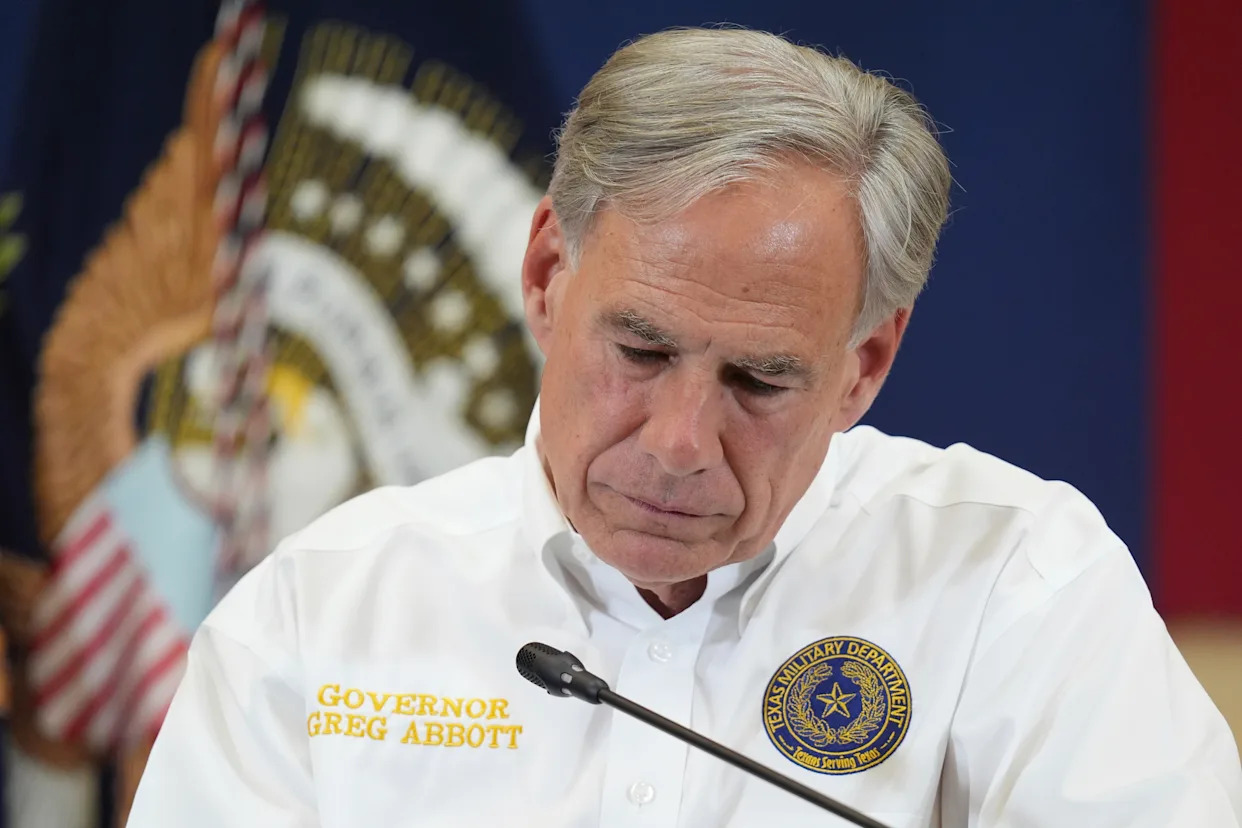
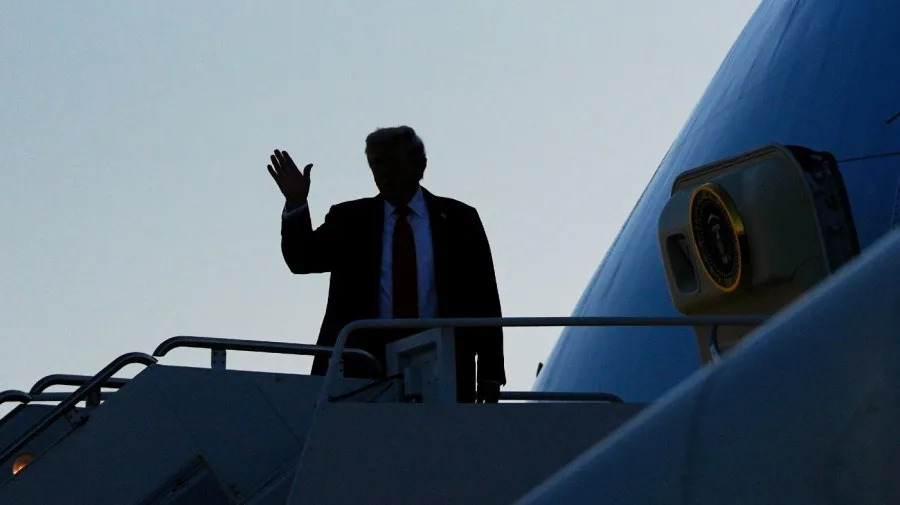
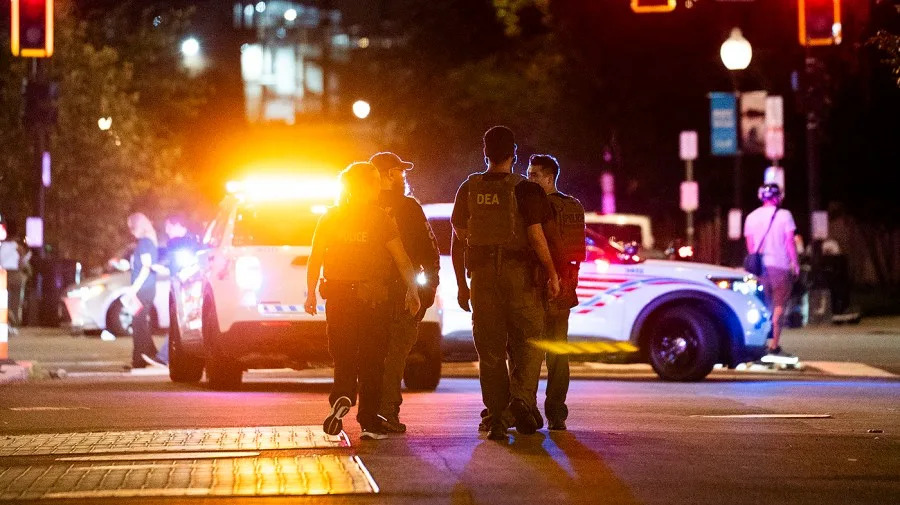
Comments